CEO of Embattled Jaguar Land Rover Explains the Road Ahead

Last week, we examined the precarious situation impacting the way Jaguar Land Rover does business. If you want the abridged version, JLR isn’t sure what to do about Brexit, overestimated the Chinese market, and is concerned with tightening emission rules in Europe. The company’s now mulling the layoff of a sizable portion of its workforce to stem financial losses while parent company Tata considers what life might be like if it sold off its British properties.
Refreshingly, JLR isn’t secretive about its problems and doesn’t attempt to spin them into something positive. It knows it’s confronting real problems. It wants us to know that, too.
Jaguar Land Rover CEO Ralf Speth explained the corporate situation in an interview with Automotive News’ decidedly German sister publication Automobilwoche this week, providing a clearer picture of what the automaker intends to do about the complex situation it finds itself in.
“The entire auto industry is on the brink of huge changes. Whether they are regulatory, economic, geopolitical or technological, they all have to be funded. We have been working on this for a while. Our current improvement program, which focuses on profitability and cash, has been underway since 2018,” Speth explained. “We are reducing investments and expenditures, eliminating complexity and tightening processes in many areas. We are getting down to business anywhere we can improve efficiency in the short term. We are also carrying out a separate program for systemic and strategic improvements in efficiency.”
That, of course, includes staffing reductions estimated to impact around 10 percent of JLR’s workforce. Speth said this is the hardest part of the restructuring process, noting that the company has done all it can to spread out and soften the blow.
“In 2018-19, 2,500 temporary workers were separated from the company, and at the start of the year, we launched a voluntary settlement program, which 2,500 employees have accepted,” he said. “The measures were completed by the end of March so we could begin the new fiscal year on April 1 with a leaner organization.”
However, when asked about the biggest problems JLR faces, his answers had less to do with governmental interference/confusion and worse global demand than anticipated.
“First of all, we are investing massively in autonomous driving, networking and shared mobility,” said Speth. “Secondly, we are renewing and expanding our product portfolio. Thirdly, we are optimizing all our internal combustion engines so we can continue to offer our customers outstanding products. Given the current challenges, that’s not easy. We would have liked to be in a different place at this point.”
Despite the push into new tech, JLR will continue offering a diverse array of powertrains — including mild-hybrids, plug-ins, and traditional internal-combustion units. “According to industry forecasters, a global share of 20 percent to 30 percent for electrified vehicles is expected by 2025,” Speth clarified. “When you turn this around, it means that 70 percent to 80 percent of all vehicles around the world will have conventional engines.”
At present, the company sees electric vehicles as too costly to bank on until battery prices come down and charging infrastructures improve to a point where EVs become easier to own. JLR will continue to offer electrified models like the Jaguar I-Pace, but EVs won’t be the company’s primary focus.
“When it comes to electric vehicles, the question isn’t how many cars I can build but rather how many batteries I can buy,” he explained. “The demand for batteries is so great that there will be a limited ability to deliver them over the next few years. And, unlike some others, I expect continually rising battery prices — at least for the next two to three years.”
Speth also noted that, while he’s excited about Land Rover’s returning Defender and anticipates strong demand, he’s disappointed in the model’s launch preparations. Still slated to arrive in 2020, the CEO admitted the boxy SUV would be on sale now under more idyllic circumstances.
“But a new Defender has to be geared to its community of fans,” he said. “It is better to take a hiatus so the new product has the right substance, specifications and characteristics.”
[Images: JLR]

A staunch consumer advocate tracking industry trends and regulation. Before joining TTAC, Matt spent a decade working for marketing and research firms based in NYC. Clients included several of the world’s largest automakers, global tire brands, and aftermarket part suppliers. Dissatisfied with the corporate world and resentful of having to wear suits everyday, he pivoted to writing about cars. Since then, that man has become an ardent supporter of the right-to-repair movement, been interviewed on the auto industry by national radio broadcasts, driven more rental cars than anyone ever should, participated in amateur rallying events, and received the requisite minimum training as sanctioned by the SCCA. Handy with a wrench, Matt grew up surrounded by Detroit auto workers and managed to get a pizza delivery job before he was legally eligible. He later found himself driving box trucks through Manhattan, guaranteeing future sympathy for actual truckers. He continues to conduct research pertaining to the automotive sector as an independent contractor and has since moved back to his native Michigan, closer to where the cars are born. A contrarian, Matt claims to prefer understeer — stating that front and all-wheel drive vehicles cater best to his driving style.
More by Matt Posky
Latest Car Reviews
Read moreLatest Product Reviews
Read moreRecent Comments
- Sayahh I do not know how my car will respond to the trolley problem, but I will be held liable whatever it chooses to do or not do. When technology has reached Star Trek's Data's level of intelligence, I will trust it, so long as it has a moral/ethic/empathy chip/subroutine; I would not trust his brother Lore driving/controlling my car. Until then, I will drive it myself until I no longer can, at which time I will call a friend, a cab or a ride-share service.
- Daniel J Cx-5 lol. It's why we have one. I love hybrids but the engine in the RAV4 is just loud and obnoxious when it fires up.
- Oberkanone CX-5 diesel.
- Oberkanone Autonomous cars are afraid of us.
- Theflyersfan I always thought this gen XC90 could be compared to Mercedes' first-gen M-class. Everyone in every suburban family in every moderate-upper-class neighborhood got one and they were both a dumpster fire of quality. It's looking like Volvo finally worked out the quality issues, but that was a bad launch. And now I shall sound like every car site commenter over the last 25 years and say that Volvo all but killed their excellent line of wagons and replaced them with unreliable, overweight wagons on stilts just so some "I'll be famous on TikTok someday" mom won't be seen in a wagon or minivan dropping the rug rats off at school.

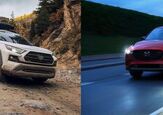
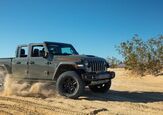


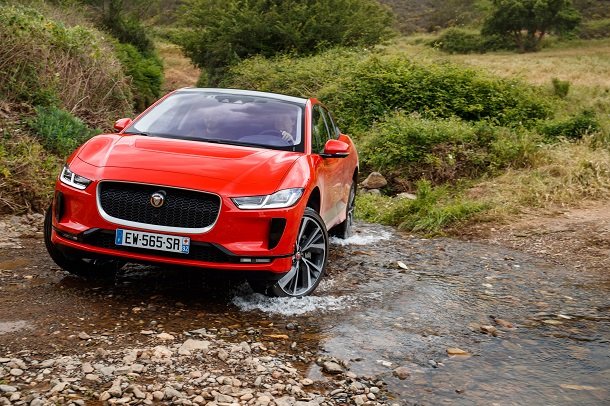














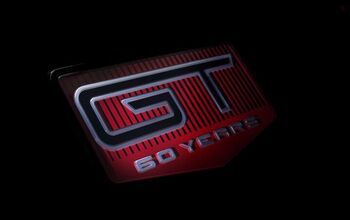
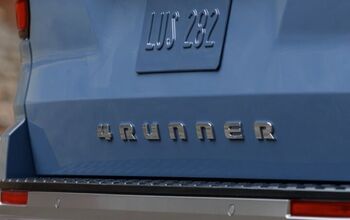
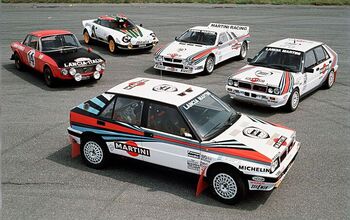
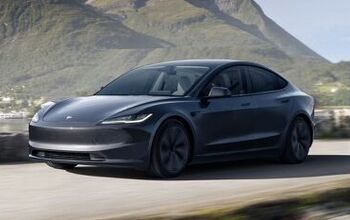
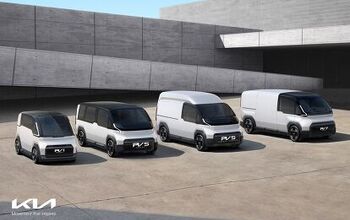

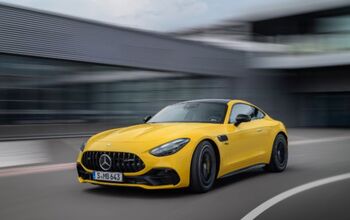
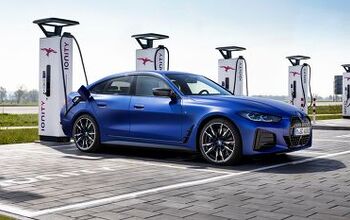


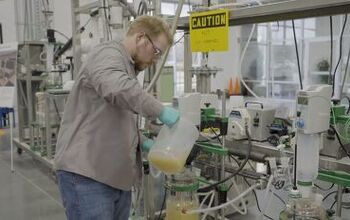


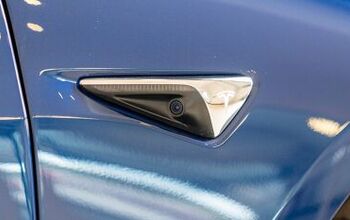
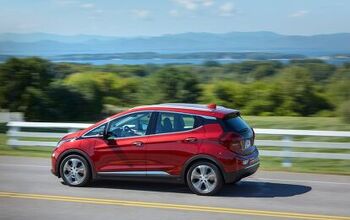
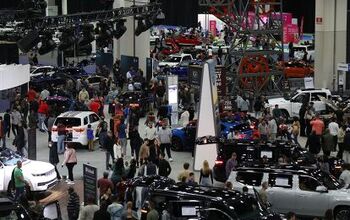
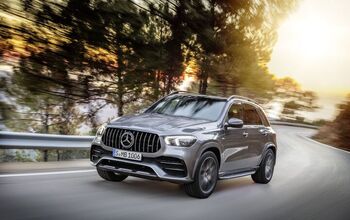
Comments
Join the conversation
"embattled". You internet writers love that word.
I think the XE is a handsome car, and now with it's interior refresh it's semi-competitive aside from space limitations. However, there's absolutely no sizzle . Jaguar needs to bank on it's history of great driving cars. Re-introduce a manual trans , sports package model preferably with the 6cyl motor, strip it down so it's affordable like g70 The XF though looks dated ,probably because every Kia sedan copied it's styling. Land Rover really doesn't need anything but better reliability marks. They will still sell on style alone . I stare at a Velar across the street at a law office window much of the day. I get it.